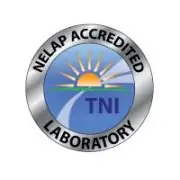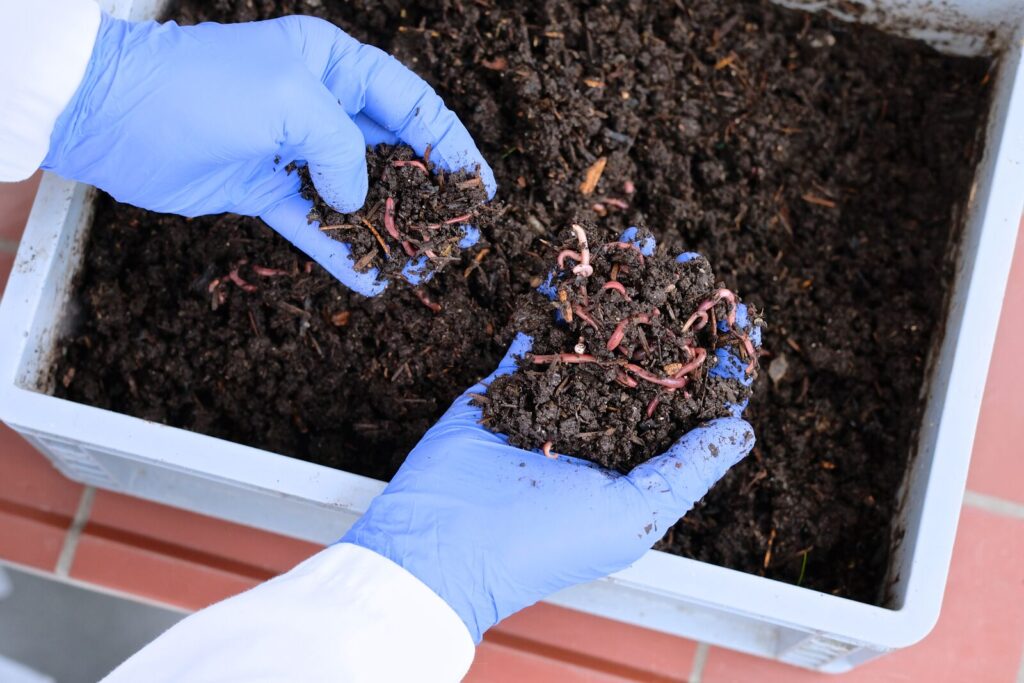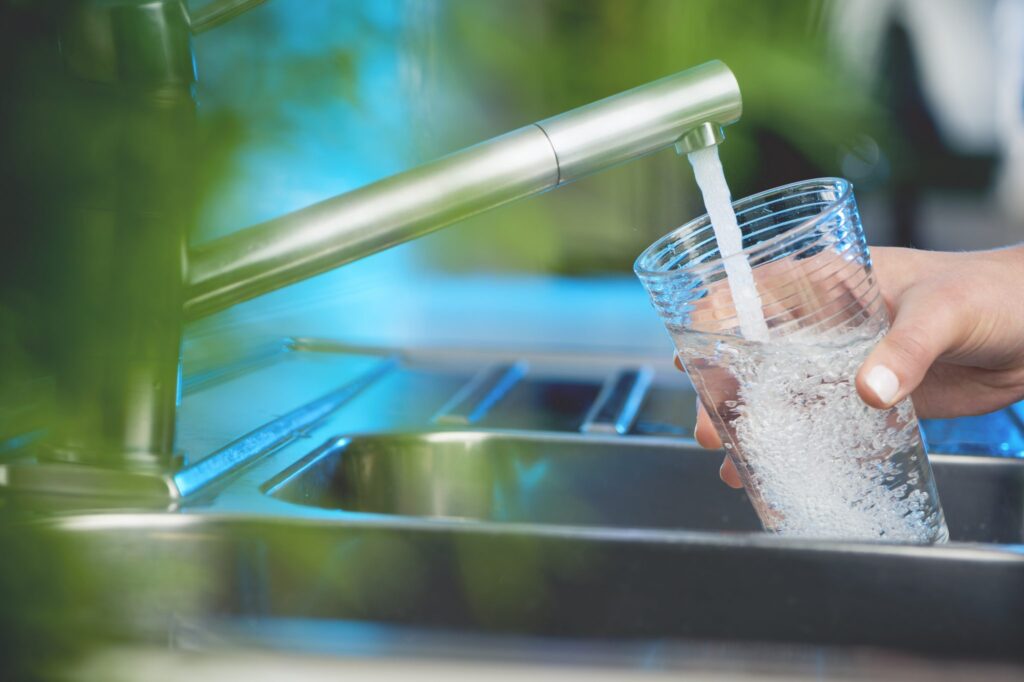Step-By-Step Guide to Drinking Water Sample Collection:
Note: Two containers are required at each sampling point—one for the 1st draw and one for the 2nd draw.
- Prior to sample collection, the facility’s water system must remain stagnant for a period of 6 to 18 hours. During this stagnation period, no water should be used, which includes refraining from flushing toilets, running showers, faucets, icemakers, or any other water fixtures.
- For home facilities, it is recommended to collect water in a pitcher for drinking purposes during this stagnation period. Additionally, use a bucket to collect water for flushing toilets.
1st Draw Sampling:
- The 1st draw sample must be collected after the sample location has remained unused for a minimum of 6 hours and a maximum of 18 hours, in accordance with Illinois regulatory requirements.
- Ensure that the date and time of the last water use are recorded for each sink or fountain where samples will be taken.
2nd Draw Sampling:
- The 2nd draw sample should be collected immediately after the 1st draw, following a 30-second flush.
- 250 mL containers will be provided for most sampling locations, except for icemakers, which require 1L containers. Note: A flush sample is not required for icemakers.
Sample Collection Procedure:
- Collect samples in the morning to allow for normal operations to resume post-collection.
- Do not remove aerators or screens from faucets, where applicable.
- Use only cold water for all sample collections.
- Begin by collecting from the kitchen faucet, followed by the refrigerator water dispenser (if present), the icemaker (no 2nd draw), and the bathroom sinks. Bathtubs and showers are excluded from testing.
Collection Steps for 1st Draw:
- Label the 1st draw container with the appropriate sample ID.
- Carefully remove the lid to avoid external contamination.
- Place the bottle under the faucet or fountain and start the water flow at a pencil-sized stream. Fill the container to its neck or threads.
- Stop the water flow, securely cap the container, and label it with the collection date and time.
Collection Steps for 2nd Draw:
- Prepare the 2nd draw container with the sample ID.
- Allow the water to flow at full force for 30 seconds before starting the sampling process.
- Follow the same procedure as for the 1st draw to collect the sample.
- Place both the 1st and 2nd draw samples in the re-sealable bag provided in the sampling kit.
Repeat these steps for each sample location.
Chain of Custody Documentation:
- Complete the client information section, including the facility’s name (and school district), address, contact information (name, phone number, and email).
- Ensure all questions on the chain of custody form are answered and that the sample container size is noted.
- Provide the project name, the sample collector’s name and signature, and indicate the requested turnaround time.
- For each sample, list the sample location/designation under “Sample Identification.” Continue filling in the required details across the row, including:
- Date and time of collection
- Number/type of containers (e.g., “1 – UNP”)
- Matrix (Drinking Water)
- Analysis type (check the box for Lead)
- If using sample designations (e.g., 001, 005), include a copy of the sampling plan with corresponding locations for the report.
Sample Delivery Instructions:
- Samples should be delivered to the laboratory within 7 days of collection.
For Shipping:
- Ensure that all containers are tightly sealed, then place them in the re-sealable bag provided. Group all bagged samples together and place them inside a box or cooler. Include the signed (relinquished) chain of custody form in a separate re-sealable bag.
- Ship using your preferred carrier.
For Hand Delivery:
- Ensure all containers are tightly sealed and securely placed in the box or cooler from the sampling kit. Upon arrival at the laboratory, sign the chain of custody with the receiving staff.
For comprehensive guidance on sample collection and compliance, refer to:
- 3Ts for Reducing Lead in Drinking Water in Schools (USEPA)
- Public Act 099-0922 / Public Act 102-0613 (Illinois)
- 225 ILCS 10/5.9
- Policy Guide 2017-13
Reach out to us today for an obligation-free quotation:
Call or email Liz Hurley at: [email protected]
Toll free: (877) 344-1003 Ext. 33




